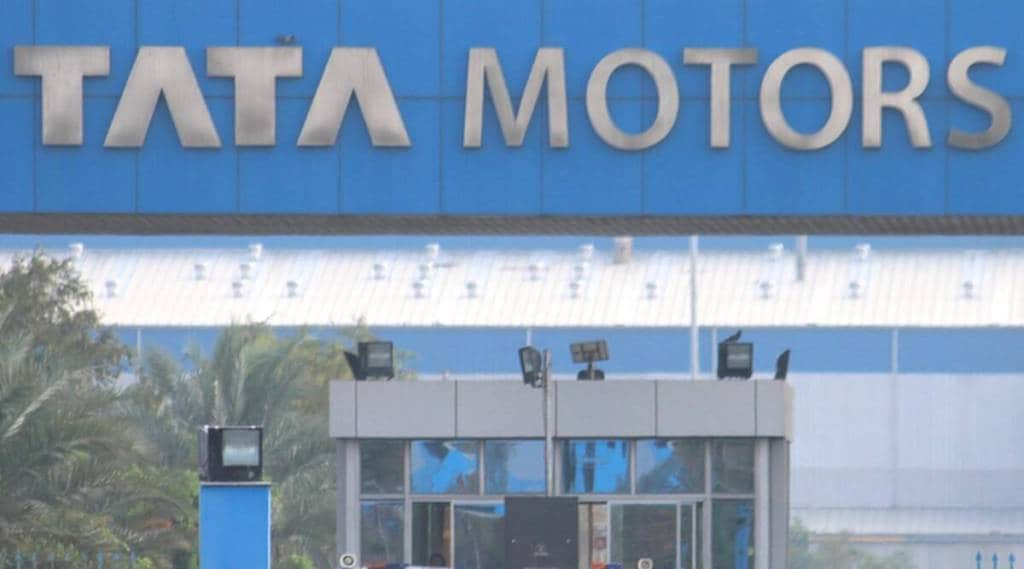Tata Motors is on a roll — in FY23, it was India’s third-largest carmaker with sales of 544,391 units, just 23,155 units short of Hyundai India’s 567,546. Within SUVs, it performed even better — in the sub-4 metre space, it commanded 30.5% market share, with its Punch and Nexon together selling 305,957 units of the total 1,002,864 sub-4 metre SUVs sold in FY23.
But its biggest success was in electric vehicles (EVs), where Tata Motors enjoyed 81.4% market share in FY23. It has three models (Tiago EV, Tigor EV and Nexon EV), and is expected to launch the Altroz EV and the Punch EV in this financial year, followed by the Harrier EV, the Sierra EV and more (displayed on the website as concept cars). The carmaker is also setting up a lithium-ion battery factory in Gujarat.
It’s also focusing on CNG, with Tiago, Tigor and Altroz available in CNG options. “While the future is electric, we will focus on internal combustion engines (ICE) including CNG in the interim,” says Shailesh Chandra, MD, Tata Motors Passenger Vehicles Ltd and Tata Passenger Electric Mobility Ltd. In an interview with FE’s Vikram Chaudhary, he adds that the goal of Tata Motors is to be in the top-3 in the segments it is present in. Excerpts:
CNG prices have almost doubled in some parts of the country since mid-2021. Has that reduced the demand for CNG cars?
There has been no impact on demand; it has remained at 30,000-32,000 cars per month. Last year, even as the industry grew 27%, sales of CNG cars grew 51%. Customers have understood that in the long term CNG cars are more value for money than petrol/diesel cars.
Does the focus on CNG takes away the focus on EVs?
Absolutely not. These are two different investment streams — one is ICE and the other is electric. These are two separate companies with separate teams.
In December 2021, May 2022 and March 2023, Tata Motors was India’s second largest carmaker. Is that desire to stay at the second position on the back of your mind or inside the boardroom?
Neither in the boardroom, nor in my mind. Our mind is only on one thing: We have seven models and each of these should be in the top-3 in their respective segments in terms of sales.
We have made giant strides in the segments we are in. The Nexon used to sell about 4,000 units per month three years ago, and today it sells 15,000 units. The Tiago used to sell about 3,000 units, and today it sells 8,000. The same is with the Tigor (from 700 units per month to 3,500 now) and the Harrier (from 500 to 3,000).
Our focus has been to raise sales volumes, and support through capacity and network expansion.
The Punch has been a game changer both for us and the industry, and now new players are entering this segment of micro SUVs. The Punch has sold more than 200,000 units in just 20 months.
Tata Motors doesn’t have hybrid cars, unlike Toyota, Honda and Maruti Suzuki. Is it because you don’t have the technology, don’t believe in the technology, or you don’t think that investment in hybrid will be worth it in the long term?
We did not have the electric technology either, but we created that. We have chosen to work on electric, which is the future and end-state of this industry from a technology perspective. There is also a clear direction from the government which says that you have to move towards zero emissions. Tata Motors PV has a net carbon zero aspiration by 2040. To meet that goal, we have made our choice as electric, and it is serving us well.
Does this mean there will never be a Tata Motors hybrid car?
As of now, our focus is electric and ICE (including CNG).
In EVs, you have over 80% market share. Will it be tough to retain that in the face of new competitors?
There was a time when Tata Motors was the only player in EVs and therefore we had close to 100% market share. That is obviously not sustainable. Let there be healthy competition. That helps us improve.
Has safety emerged as the biggest USP in car purchase?
There is a growing awareness on safety in general. We have also played a part in creating awareness about safe cars. A highly safe car (for example, one that has got 5-star rating on Global NCAP) will definitely save lives as compared to a car that has gotten 1 or 2 stars on Global NCAP.
The propensity to spend on safety features has increased; earlier, a person could have spent more on things such as a music system, but now that person would want to spend more on a car that has a higher safety rating.
But then all cars sold in India have to meet the country’s safety regulations …
Regulations progress over a period of time, but we must also understand that our highways have become much better and driving speeds have gone much higher, so in the unfortunate case of an accident at a high speed, a higher safety-rated car will save lives, and a lower rated may not, even though both meet local regulations.
The government is talking about introducing six airbags in cars even as the seat-belt usage is so low. Shouldn’t we first focus on improving seat-belt usage, as seat belts are claimed to be far more practical safety device?
We should do everything; anything on safety should be welcome.
New models in the midsize sedan segment have led to renewed interest in this body shape. Will Tata Motors also enter this space?
We are not thinking of getting into the midsize sedan segment. We have one compact sedan, the Tigor, and we will focus on that. We have seen that new models push up sales, but only to a point. Overall sedans have remained range-bound, i.e. 10% +/- 2%. The global and long-term trend is towards SUVs, which have inherent advantages, such as command seating position, high ground clearance, feel of a big car, and so we will focus on that segment only. Midsize sedans form about 3% of the market, and new models have given it a few percentage-point push, but that will also remain range-bound.
Launching new cars is a capital-intensive process, and we will play in segments where there is lesser risk and which are growing. We have experimented with the Punch and it attracted a lot of customers from both sedans and hatchback cars; similarly, the Nexon has attracted a lot of sales from the sedan segment.
Tata Motors has earlier showcased midsize sedan models such as the E-Vision …
Those were concept cars.









